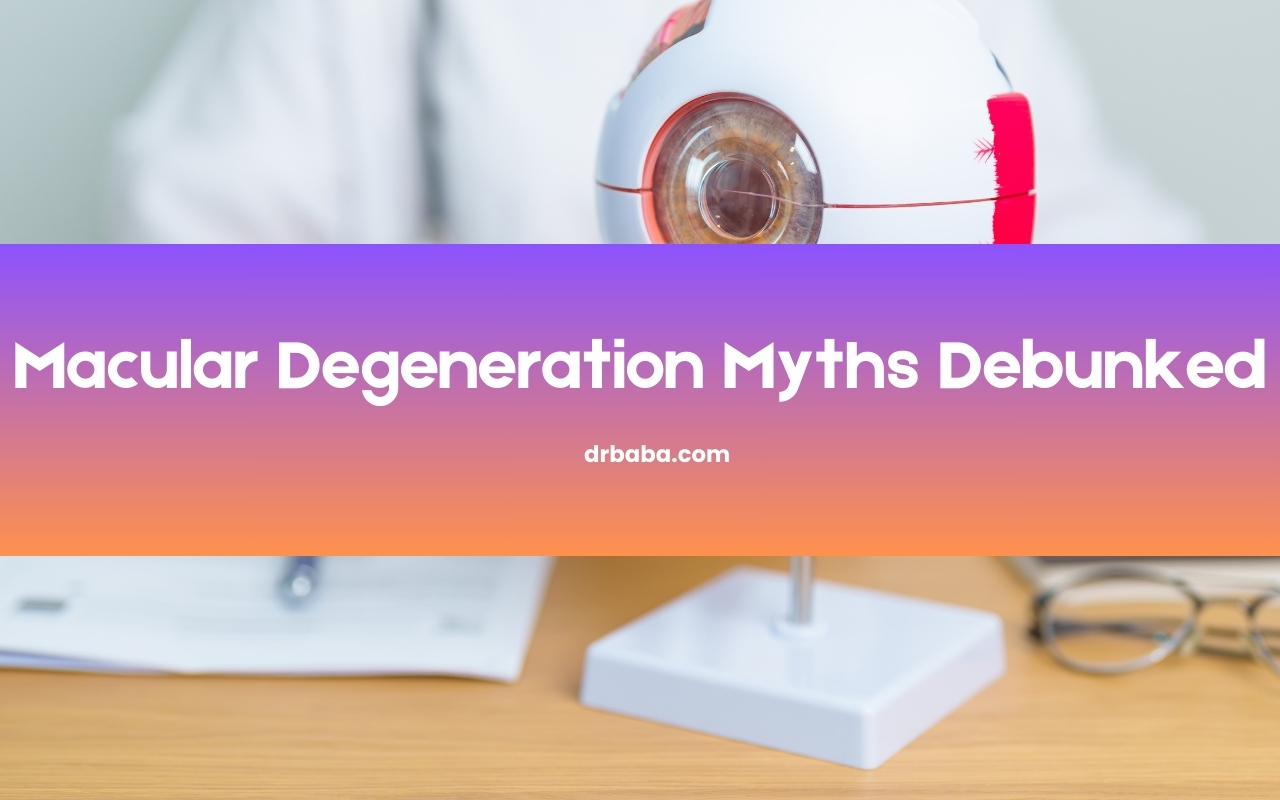 Macular degeneration, particularly age-related macular degeneration (AMD), is a significant health concern that impacts millions of individuals around the globe. It is a leading cause of vision loss among older adults, yet misinformation about this condition is widespread. Misconceptions can prevent timely interventions and discourage individuals from seeking the necessary medical guidance. Therefore, it’s crucial to debunk the myths surrounding macular degeneration, offering clarity and encouraging proactive health measures.
Macular degeneration, particularly age-related macular degeneration (AMD), is a significant health concern that impacts millions of individuals around the globe. It is a leading cause of vision loss among older adults, yet misinformation about this condition is widespread. Misconceptions can prevent timely interventions and discourage individuals from seeking the necessary medical guidance. Therefore, it’s crucial to debunk the myths surrounding macular degeneration, offering clarity and encouraging proactive health measures.
The prevalence of macular degeneration is startling, affecting approximately 10% of adults over the age of 50 in the United States alone. This number includes both the dry and wet forms of the disease, and it is projected to double in the coming decades. Understanding the nature of this disease—including its causes, symptoms, and potential treatments—is essential for anyone at risk or those showing early signs of vision impairment.
Myth 1: Macular Degeneration is Rare
Contrary to popular belief, macular degeneration is not a rare condition. It is, in fact, the leading cause of vision loss for many elderly individuals, affecting millions across various demographics. While most instances arise in those aged 60 and older, younger adults can also be diagnosed with the disease, particularly those with genetic predispositions. According to research, about 9.4% of all adults experience some form of macular degeneration, which translates to over 11 million people currently living with this condition in the United States. This number is expected to rise to nearly 22 million by 2050.
Failure to recognize the commonality of macular degeneration can lead individuals to underestimate their own risk. It is vital for individuals to consult with eye care professionals regularly, especially as they reach middle age, to monitor potential symptoms and risk factors. Regular eye exams can not only help in diagnosing macular degeneration early but also in managing it effectively, reducing the potential for severe vision impairment.
Myth 2: You Will Know if You Have Macular Degeneration
One of the most misleading misconceptions is that individuals will be able to recognize macular degeneration on their own. In reality, the disease can develop undetected, particularly in its early stages. Many patients experience minimal to no symptoms until it significantly progresses. The primary early symptom of dry AMD is blurred vision, which may not be sufficiently alarming for individuals to seek immediate medical attention.
For wet AMD, symptoms can include straight lines appearing wavy or distorted, alongside sudden changes in central vision. Often, only one eye may be affected while the other continues to function normally, complicating early detection. This condition highlights the necessity of proactive eye care—regular checkups allow for comprehensive evaluations that can catch changes in vision before they escalate into more severe problems.
Myth 3: There is No Way to Stop AMD from Worsening
While it is true that there is currently no definitive cure for macular degeneration, it is entirely false to say that nothing can be done to slow its progression. Lifestyle choices play a crucial role in managing the disease. Studies indicate that maintaining a healthy diet rich in leafy green vegetables and fish, exercising regularly, avoiding smoking, and controlling medical conditions such as high blood pressure and cholesterol can all contribute to the management of AMD.
Moreover, advancements in medical treatment allow for significant interventions to halt or slow down the disease progression. Options such as antioxidant supplements, low-vision rehabilitation programs, and medical treatments for wet AMD—including injections and laser therapies—offer hope for preserving vision. All of these measures can help patients maintain their quality of life and stave off further vision loss.
Myth 4: There is No Treatment for AMD
The assertion that macular degeneration cannot be treated is a distressing myth that prevents many individuals from seeking the care they need. In truth, various treatment options are available, depending on the type and stage of AMD. For patients with dry AMD, treatments may include low-vision rehabilitation to help adapt to vision changes and antioxidant supplements that can slow progression.
For wet AMD, multiple treatment modalities are effective in preserving vision. Anti-vascular endothelial growth factor (anti-VEGF) medications can significantly improve outcomes for many patients. These treatments work by stopping the growth of abnormal blood vessels in the macula, aiming to preserve existing vision and potentially restore some lost vision. Additionally, photodynamic therapy uses medications and lasers to seal leaking blood vessels, which can be essential in managing the complications associated with wet AMD.
Myth 5: Nothing Can Be Done to Prevent AMD
Another misconception is that macular degeneration is entirely inevitable and cannot be prevented. While age is a significant risk factor, there are indeed several controllable lifestyle factors that can reduce the likelihood of developing AMD. Research indicates that engaging in regular physical activity, maintaining a healthy weight, avoiding smoking, and consuming a diet rich in antioxidants can all contribute to lowering the risk of developing this disease.
Furthermore, specific nutrients such as lutein and zeaxanthin, found in green leafy vegetables, and omega-3 fatty acids from fish, play a protective role in eye health. Engaging in preventative measures can foster greater eye health long into one’s later years, allowing individuals to maintain their vision and independence.
Myth 6: Macular Degeneration Only Affects Older Individuals
While age-related macular degeneration predominantly affects older adults, this myth can mislead younger individuals into a false sense of security. Conditions like Stargardt disease and myopic macular degeneration can affect individuals much younger, even those in their 20s. Genetic predispositions and specific environmental factors can precipitate early onset macular degeneration in younger populations.
Increasing awareness about these conditions empowers individuals of all ages to take preventive action, including regular eye exams and consideration of genetic factors affecting their families. The idea that only older individuals need to concern themselves with macular degeneration can lead to misdiagnosis or late diagnosis, which can have profound implications for treatment and management.
Myth 7: Macular Degeneration Is Synonymous with Blindness
The fear of blindness can be overwhelming, but it is crucial to recognize that macular degeneration does not invariably lead to total vision loss. While it significantly impairs central vision, peripheral vision often remains intact. This means that individuals can still navigate their environment, perform daily tasks, and maintain a degree of independence.
It is important to approach the diagnosis of macular degeneration with an understanding of the potential for treatment and adaptation. Low-vision rehabilitation services are available to help individuals cope with vision changes, offering adaptive devices and techniques that can support daily living tasks. By changing one’s perspective on the condition, individuals can find ways to live fulfilling lives despite the challenges posed by AMD.
Myth 8: Eye Exams Are Only Necessary When Problems Arise
Another pervasive myth is that eye exams are only important when noticeable vision problems occur. In reality, regular eye examinations are critical for early detection of macular degeneration and other eye diseases. Many eye conditions, including glaucoma and diabetic retinopathy, may not present noticeable symptoms until they have progressed significantly. Routine eye exams, especially those including pupil dilation, allow eye care professionals to assess the health of the retina and detect early signs of disease.
An eye exam can provide a comprehensive view of overall health, as many systemic diseases manifest through changes in the eye. Individuals should be proactive about scheduling regular visits to their eye care professionals, particularly as they reach middle age. This proactive approach can be the key to preserving vision and initiating timely interventions.
Conclusion
Debunking myths about macular degeneration is more than just clarifying facts; it is about empowering individuals with the knowledge they need to take proactive steps in their eye health. By fostering awareness and encouraging routine eye care, we can strive to reduce the number of individuals affected by vision loss due to macular degeneration.
As we continue to educate ourselves and others, we contribute to a greater understanding of this condition. We can advocate for healthier lifestyle choices, encourage regular medical checkups, and support those living with macular degeneration.
In the face of this common yet misunderstood condition, let us commit to spreading accurate information, dispelling myths, and fostering a community that prioritizes eye health. Together, we can challenge misconceptions, embrace proactive health measures, and ensure that those affected by macular degeneration receive the care and support they need to thrive.
For further reading and to enhance understanding, refer to the following resources:
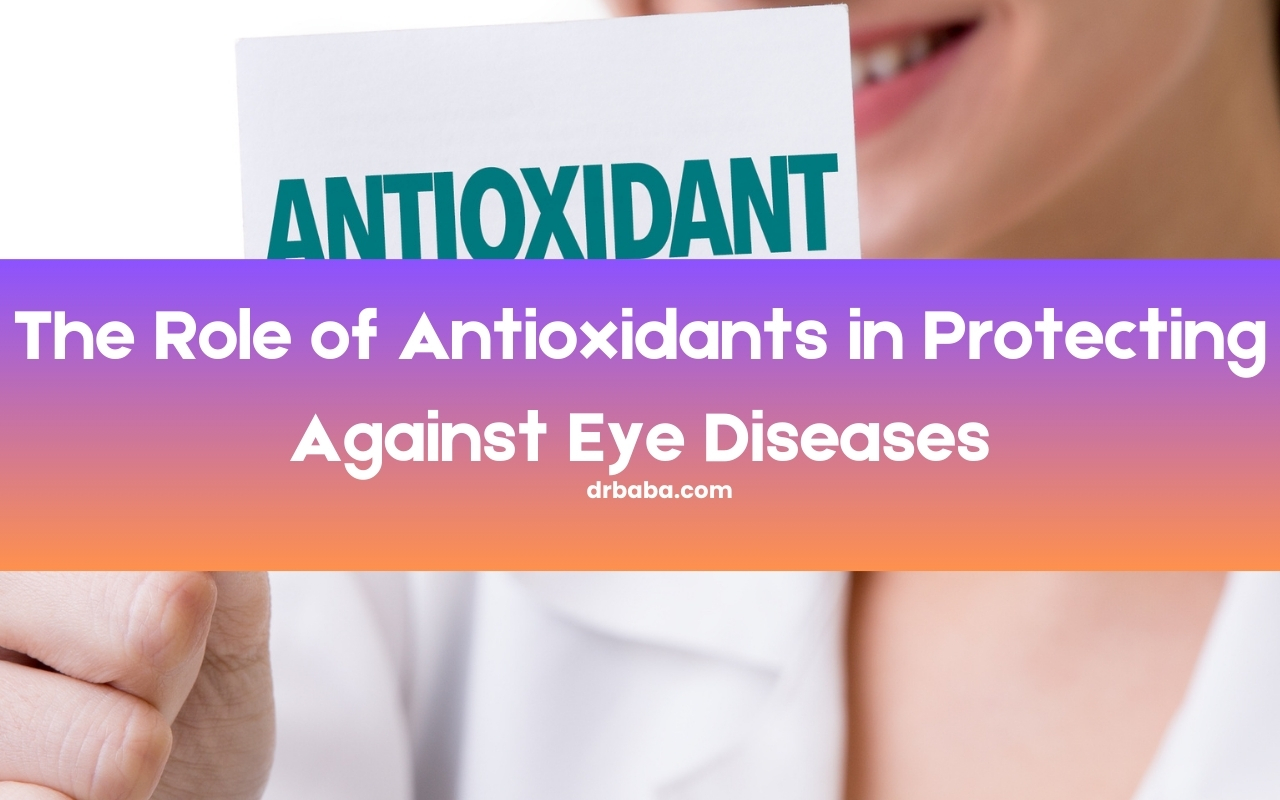 In our increasingly visual world, where screens dominate much of our daily lives, ensuring the health of our eyes has never been more crucial. One of the most effective ways to achieve this is through the incorporation of antioxidants into our diet. Antioxidants are compounds that play a vital role in safeguarding our bodies from oxidative stress, which can lead to a range of health issues, including eye diseases. This article delves deeply into the role of antioxidants in protecting against various ocular conditions, highlighting their importance, sources, and the science behind their benefits.
In our increasingly visual world, where screens dominate much of our daily lives, ensuring the health of our eyes has never been more crucial. One of the most effective ways to achieve this is through the incorporation of antioxidants into our diet. Antioxidants are compounds that play a vital role in safeguarding our bodies from oxidative stress, which can lead to a range of health issues, including eye diseases. This article delves deeply into the role of antioxidants in protecting against various ocular conditions, highlighting their importance, sources, and the science behind their benefits.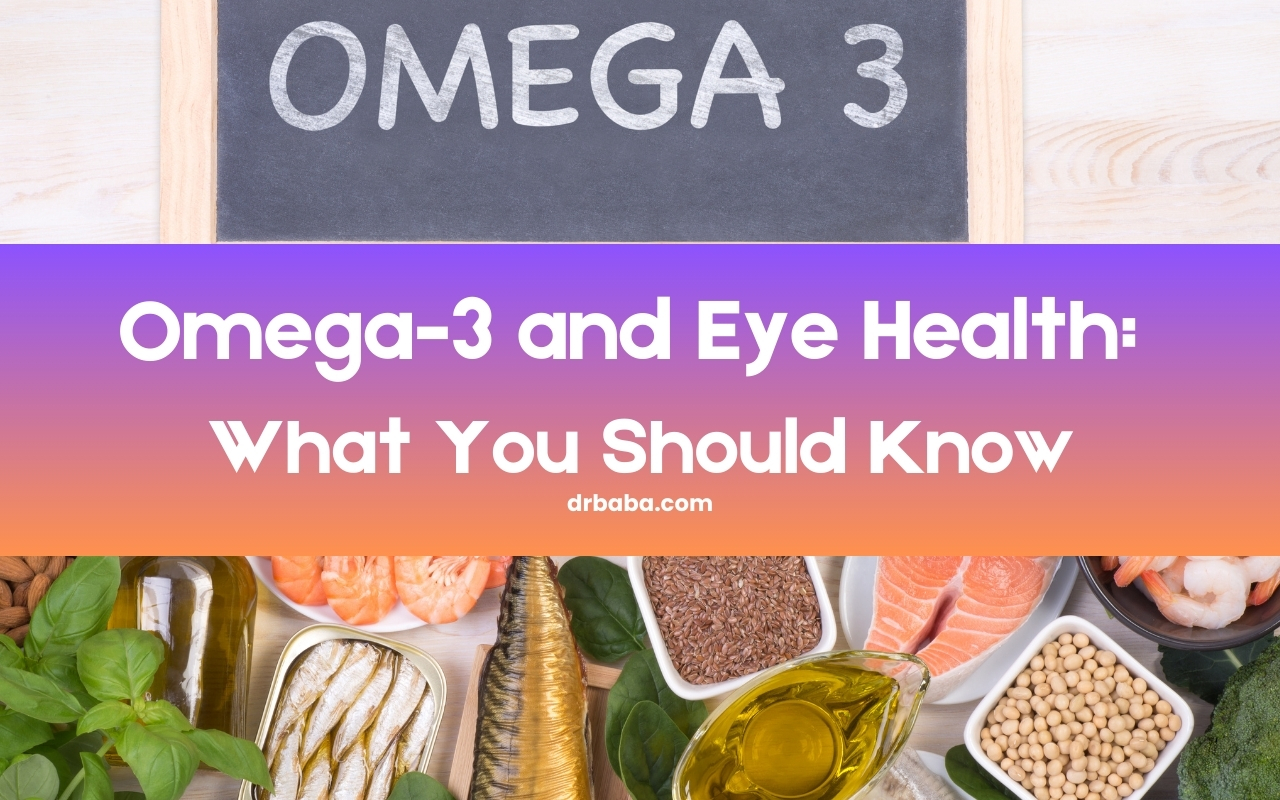 The relationship between nutrition and eye health has gained significant attention in recent years, particularly with the growing awareness of the essential nutrients that play a pivotal role in maintaining vision and preventing eye diseases. Among these, omega-3 fatty acids have emerged as a particularly vital component. This comprehensive article will explore the nuances of omega-3 fatty acids, their sources, their benefits for eye health, and how to incorporate them into your diet effectively.
The relationship between nutrition and eye health has gained significant attention in recent years, particularly with the growing awareness of the essential nutrients that play a pivotal role in maintaining vision and preventing eye diseases. Among these, omega-3 fatty acids have emerged as a particularly vital component. This comprehensive article will explore the nuances of omega-3 fatty acids, their sources, their benefits for eye health, and how to incorporate them into your diet effectively.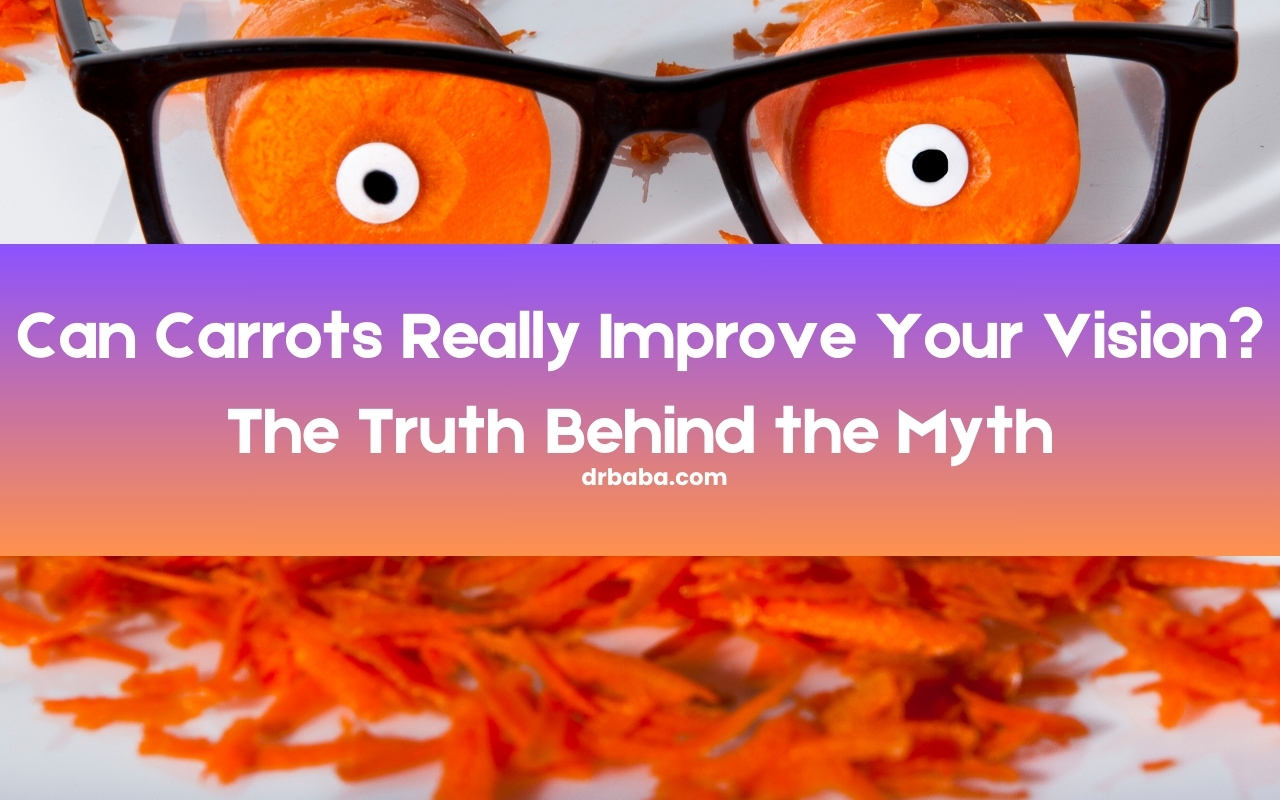 The notion that carrots are magical in providing optimal eyesight has been ingrained in popular culture for generations. From parents urging children to eat their veggies to wartime propaganda, the tale of carrots enhancing vision has evolved into a widespread belief. Yet, as research and science advance, it’s important to peel back the layers of this myth and explore the truth behind it. This article delves deep into the connection between carrots and vision, examining the nutrients involved, the history of the myth, and what truly supports eye health.
The notion that carrots are magical in providing optimal eyesight has been ingrained in popular culture for generations. From parents urging children to eat their veggies to wartime propaganda, the tale of carrots enhancing vision has evolved into a widespread belief. Yet, as research and science advance, it’s important to peel back the layers of this myth and explore the truth behind it. This article delves deep into the connection between carrots and vision, examining the nutrients involved, the history of the myth, and what truly supports eye health.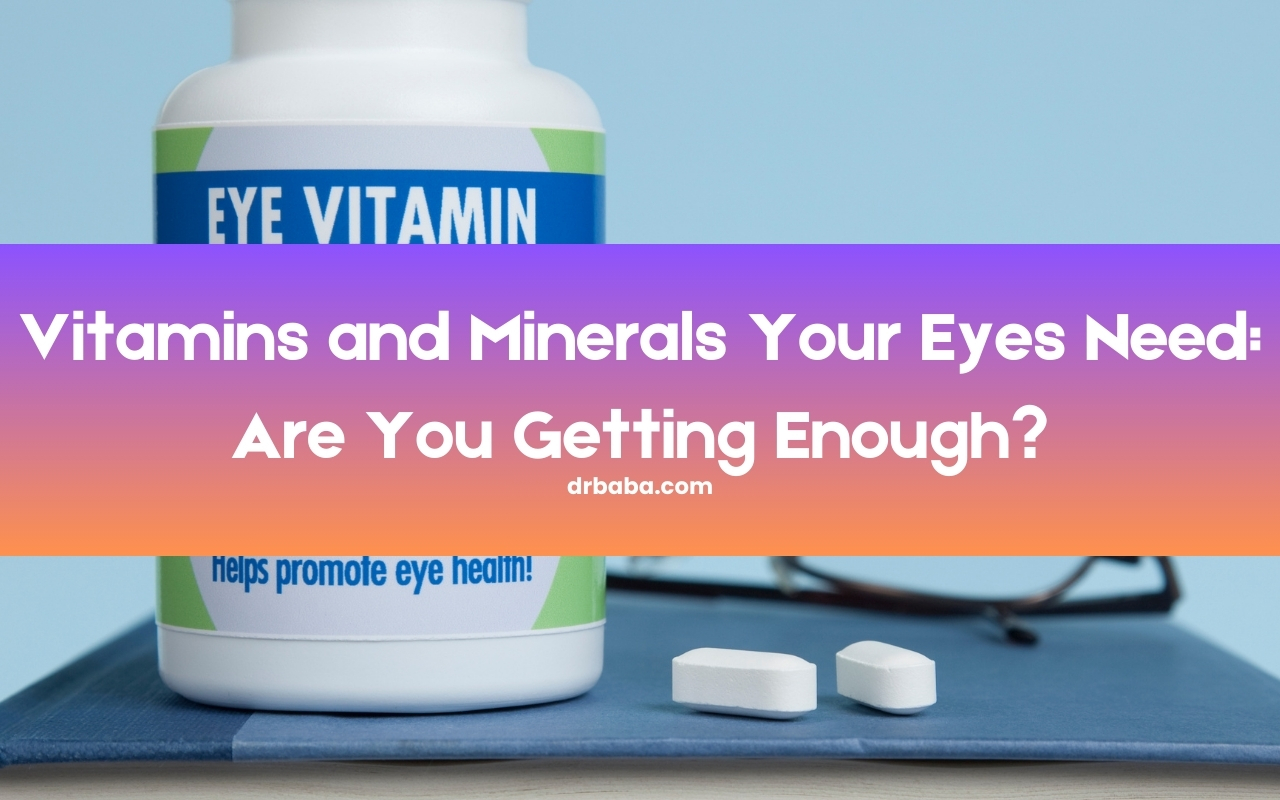 Maintaining good eye health is fundamental to enjoying a high quality of life, especially as we age. The eyes are intricately connected to our overall health, impacting our ability to perform daily activities, enjoy hobbies, and connect with others. Yet, many individuals overlook the critical nutrients necessary for optimal eye function. Understanding the essential vitamins and minerals that contribute to eye health and ensuring that we consume them in adequate amounts can make a significant difference in maintaining vision clarity and preventing common eye diseases.
Maintaining good eye health is fundamental to enjoying a high quality of life, especially as we age. The eyes are intricately connected to our overall health, impacting our ability to perform daily activities, enjoy hobbies, and connect with others. Yet, many individuals overlook the critical nutrients necessary for optimal eye function. Understanding the essential vitamins and minerals that contribute to eye health and ensuring that we consume them in adequate amounts can make a significant difference in maintaining vision clarity and preventing common eye diseases.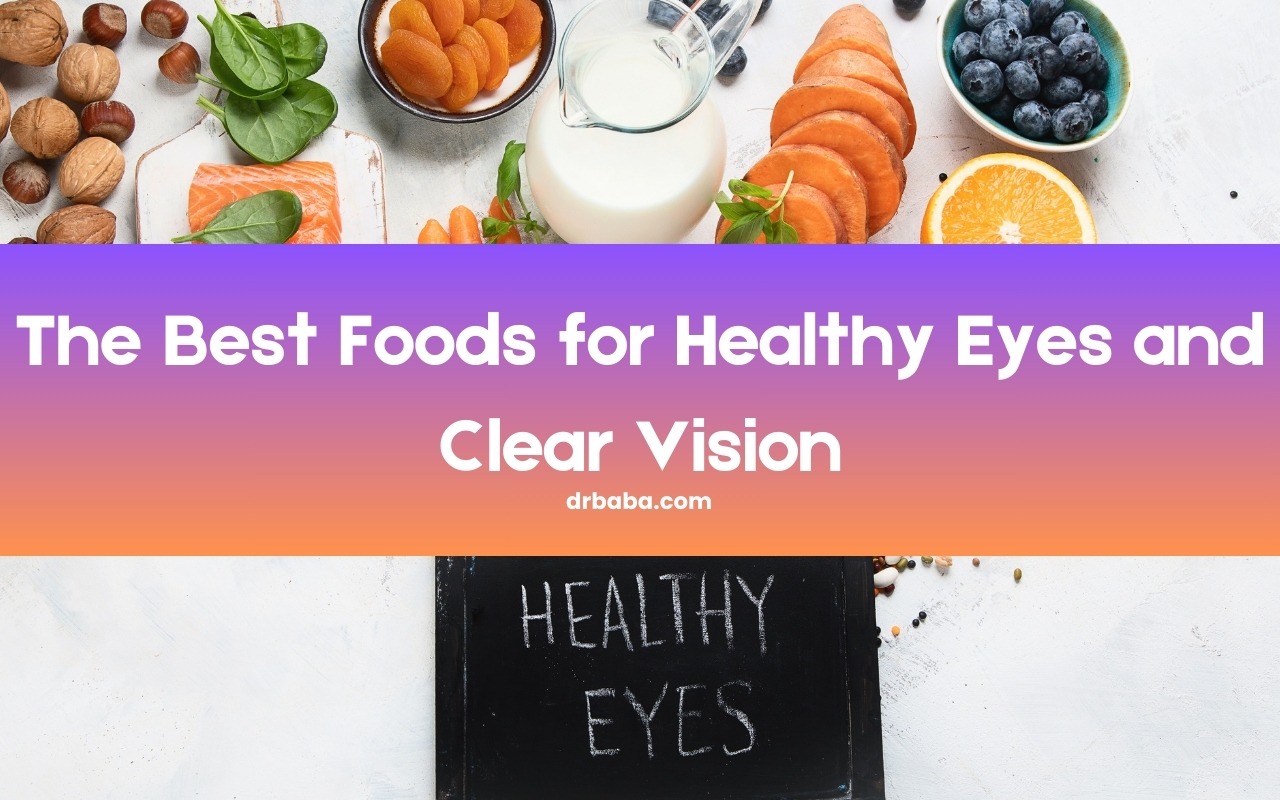 Maintaining good eyesight is more than just relying on regular eye exams and wearing glasses. What you eat plays an equally crucial role in safeguarding your vision. The nutrients derived from various foods contribute significantly to eye health, helping prevent conditions such as age-related macular degeneration (AMD), cataracts, and dry eyes. To ensure that your eyes remain healthy and your vision stays sharp, it’s essential to incorporate a variety of nutrient-rich foods into your diet. This article delves into the best foods for maintaining healthy eyes and clarity of vision, exploring the vital nutrients they provide and their specific benefits.
Maintaining good eyesight is more than just relying on regular eye exams and wearing glasses. What you eat plays an equally crucial role in safeguarding your vision. The nutrients derived from various foods contribute significantly to eye health, helping prevent conditions such as age-related macular degeneration (AMD), cataracts, and dry eyes. To ensure that your eyes remain healthy and your vision stays sharp, it’s essential to incorporate a variety of nutrient-rich foods into your diet. This article delves into the best foods for maintaining healthy eyes and clarity of vision, exploring the vital nutrients they provide and their specific benefits.